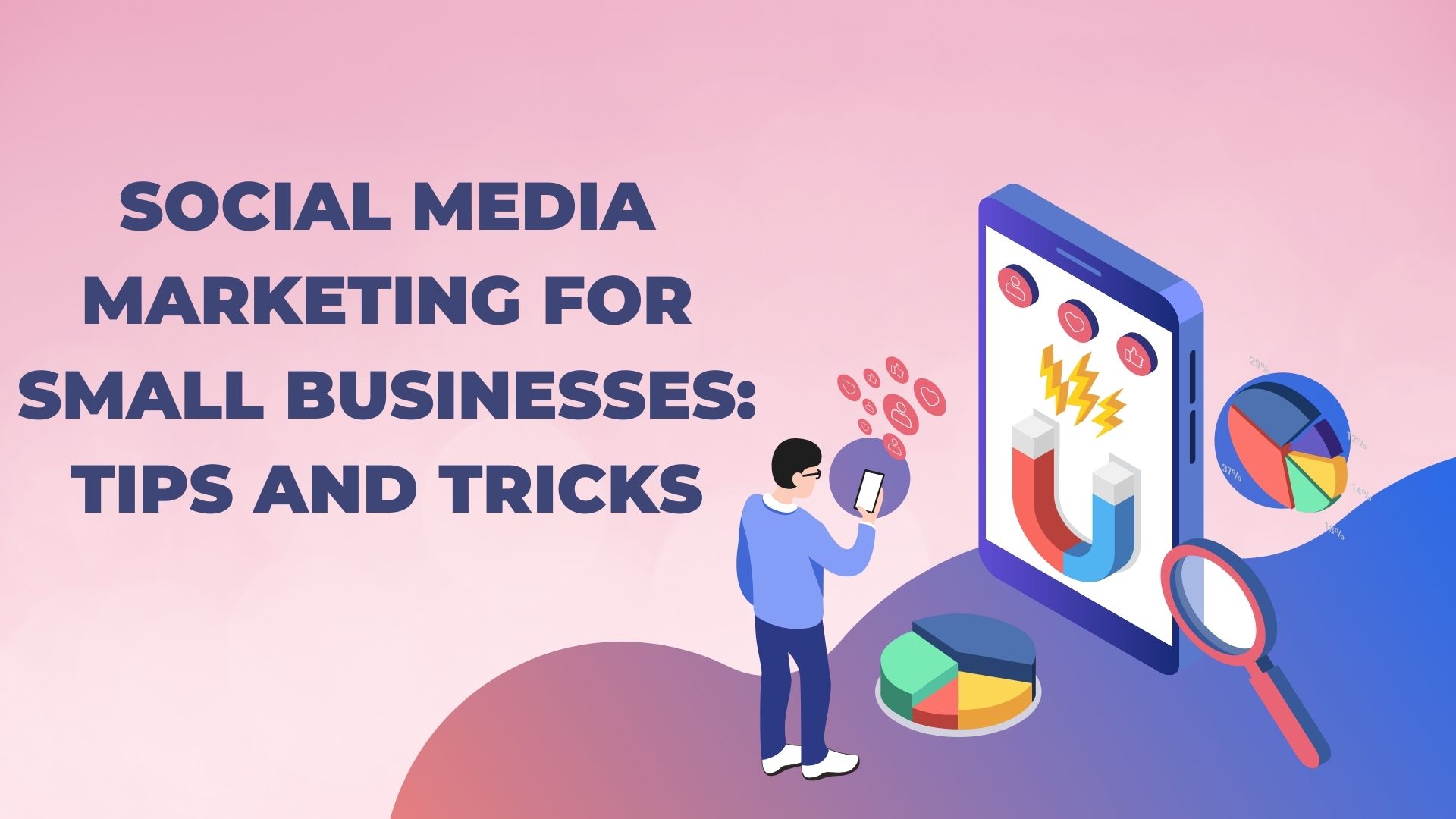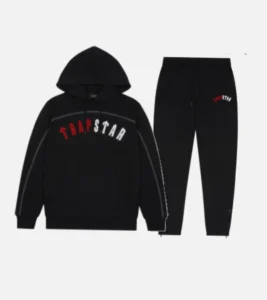Social Media Marketing for Small Businesses: Tips and Tricks
In today’s digital age, social media marketing has become a critical tool for small businesses to reach their audience, establish brand presence, and boost sales without the hefty price tag of traditional advertising. With the right approach, even the smallest business can leverage social media to engage with customers, foster loyalty, and grow organically. Here’s a comprehensive guide covering essential tips and tricks for small businesses venturing into social media marketing.
Understanding Your Audience
Every successful social media strategy begins with a deep understanding of your audience. Knowing your target audience’s demographics, interests, and pain points can help you tailor your content to resonate with them.
- Create Detailed Buyer Personas: Outline your ideal customers’ age, gender, location, income, and behavior.
- Engage in Social Listening: Use tools to monitor what people are saying about your industry, products, and competitors. This insight will help you create relevant content and respond to trending topics.
- Survey Your Audience: Conduct short polls or surveys on your social channels to get real-time feedback on their needs and preferences.
Choosing the Right Platforms
Not every social media platform will be beneficial for your business. Each platform has its unique strengths and audience.
- Facebook: Ideal for reaching a broad audience and creating an online community. Great for B2C companies and local businesses.
- Instagram: Highly visual and perfect for brands with products that photograph well. It’s popular among younger demographics.
- Twitter: Useful for real-time updates, quick customer service interactions, and trending conversations.
- LinkedIn: Best for B2B interactions and professional networking. Excellent for service-based businesses.
- TikTok: Ideal for brands targeting younger audiences with creative, short-form video content.
Focusing on one or two key platforms initially allows you to build consistency and focus your resources.
Crafting Engaging Content
Creating engaging content is essential for maintaining your audience’s interest. Use a mix of media formats—text, images, videos, and infographics—to keep content fresh and appealing.
- Use High-Quality Visuals: Professional images and videos tend to perform better. There are numerous affordable apps and tools, like Canva, for creating polished visuals.
- Incorporate User-Generated Content (UGC): Sharing your customers’ photos or testimonials can add credibility to your brand and foster trust.
- Educational and Entertaining Content: Aim to provide value. Share tips, how-tos, industry insights, or lighthearted content that resonates with your audience.
Creating a Content Calendar
Consistency is key to building a loyal following. A content calendar helps you plan and schedule posts, maintain regular engagement, and prevent last-minute content scrambling.
- Plan Monthly Themes: Pick monthly or seasonal themes that align with your brand’s values or popular events to guide your content.
- Schedule Posts in Advance: Use tools like Hootsuite, Buffer, or Later to schedule posts. Consistent posting helps you stay relevant and saves time.
- Incorporate Time-Sensitive Posts: Stay adaptable to share timely updates, trending topics, or seasonal promotions.
Utilizing Hashtags and Keywords
Hashtags are crucial for increasing your content’s reach, especially on platforms like Instagram, Twitter, and TikTok.
- Use Industry-Related Hashtags: Find popular hashtags relevant to your business to make your posts more discoverable.
- Create a Branded Hashtag: Develop a unique hashtag for your business that followers can use. This promotes UGC and makes it easy to track mentions of your brand.
- Keep It Balanced: Avoid overloading posts with too many hashtags. Stick to a few that are highly relevant for better engagement.
Engaging with Followers
Engagement is essential for nurturing relationships with your audience. Rather than simply posting content, make an effort to interact with your followers.
- Respond to Comments and Messages: This demonstrates your commitment to customer service. Address questions, and thank users who leave positive feedback.
- Run Polls and Q&A Sessions: Encourage interaction by inviting followers to share their opinions or ask questions.
- Feature Followers’ Content: Showcase UGC on your social profiles as a gesture of appreciation and community-building.
Leveraging Paid Advertising
While organic growth is valuable, small businesses can benefit from strategic paid advertising to accelerate their reach and conversions.
- Experiment with Low-Budget Ads: Start with a modest budget, testing different ad formats to see what resonates best.
- Target Specific Audiences: Paid ads allow you to specify demographics, interests, and even locations to reach your ideal customers.
- Retarget Users: Use retargeting ads to re-engage users who visited your website or interacted with your content.
Collaborating with Influencers
Influencer marketing can significantly expand your reach, especially if you partner with micro-influencers who align with your brand values and have a loyal following.
- Identify Local Influencers: Small businesses can benefit from local influencers who have strong community connections.
- Offer Free Products or Discounts: Instead of a costly fee, some influencers may be willing to collaborate for free products or exclusive discounts for their audience.
- Build Long-Term Partnerships: Consistent partnerships with influencers can help establish brand loyalty and steady growth.
Tracking and Analyzing Performance
To ensure your social media efforts are paying off, track key metrics to understand what’s working and what isn’t.
- Track Basic Metrics: Start by monitoring engagement rates, reach, impressions, and follower growth.
- Use Platform Analytics: Each social media platform offers built-in analytics tools that provide valuable insights.
- Adjust Based on Data: If you notice certain content types or topics perform better, lean into them. Data-driven adjustments lead to more efficient growth.
Staying Updated with Social Media Trends
Social media is dynamic, with trends constantly evolving. Staying informed allows you to adapt your strategy and keep your content relevant.
- Follow Industry Blogs: Websites like Social Media Examiner and HubSpot provide valuable insights into the latest trends.
- Experiment with New Features: Platforms frequently roll out new features (like Instagram Reels or Twitter’s X Spaces). Testing these can give you a competitive edge.
- Analyze Competitor Strategies: Monitor successful competitors to see what strategies they’re employing and how they’re adapting to trends.
Final Thoughts
Social media marketing can be a game-changer for small businesses when approached strategically. By focusing on quality content, meaningful engagement, and data-driven insights, small businesses can make an impact and grow an engaged community of loyal followers. Remember, consistency and authenticity are key—approach social media as an opportunity to showcase your brand’s personality and provide value to your audience.














Post Comment